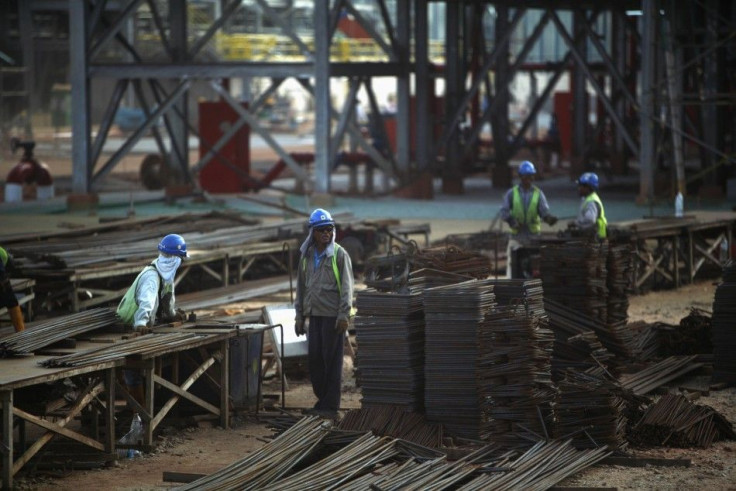China's Mine Workers At Higher Risk of Cancer, Heart Disease [STUDY]

HONG KONG (Reuters) - Chinese workers who are exposed to silica dust in mines, and pottery and gemstone factories suffer not only from respiratory illnesses, but are at higher risk of contracting heart and infectious diseases and cancer, researchers in China have found.
Silica is a compound found in sand and rock. When rocks are drilled or broken, fine silica dust particles are produced that lodge deep in the lungs and can lead to scarring, severe respiratory problems and death.
Researchers monitoring the health of 74,040 mine and pottery workers over an average of 33 years found that they suffered a far higher risk of contracting a range of diseases compared with people who were not exposed.
In addition to a higher risk of respiratory disease, we see a heightened risk of cardiovascular disease in exposed workers. This is a new discovery, said Professor Weihong Chen at the School of Public Health, Huazhong University of Science and Technology in Wuhan, Hubei province.
Before we were mostly concerned about respiratory diseases ... as to whether it raises the risk of cancer, we can give a definite answer: We see a heightened risk of lung cancer in workers exposed to silica.
Compared with people operating in cleaner environments, workers exposed to silica were nearly seven times more likely to contract infectious diseases, nearly five times more susceptible to respiratory tuberculosis and nearly twice as vulnerable to cardiovascular disease, Chen and colleagues said in a paper published this week in the Public Library of Science journal PLoS Medicine.
Exposed workers who have spent at least a year in either metal mines or pottery factories were found to be nearly twice as susceptible to cancers of the nose and throat.
More than 23 million workers in China and more than 10 million in India are exposed to silica dust. This occupational health hazard is also present in the developed world, with 1.7 million people in the United States and 3 million in Europe similarly exposed.
According to the World Health Organisation, more than 24,000 workers in China die each year from silicosis - a disease caused by silica penetrating deep into the lungs, causing inflammation and scarring. Many victims die relatively young, in their mid-40s, according to social workers.
Medical research has also estimated that one in two former gold miners has silicosis in South Africa, where gold mines employed as many as 500,000 people in the 1980s.
Chen said she hoped the study would help lead to work place interventions.
We recommend that worksites control levels of such pollutants; it's a public health problem. Through changes in the work environment, we can reduce the risk of disease and (early) death, she said. Factories can use stronger ventilators, and more effective masks for workers will reduce silica exposure.
The full paper is available here.
(Editing by Chris Lewis)
© Copyright Thomson Reuters 2024. All rights reserved.






















